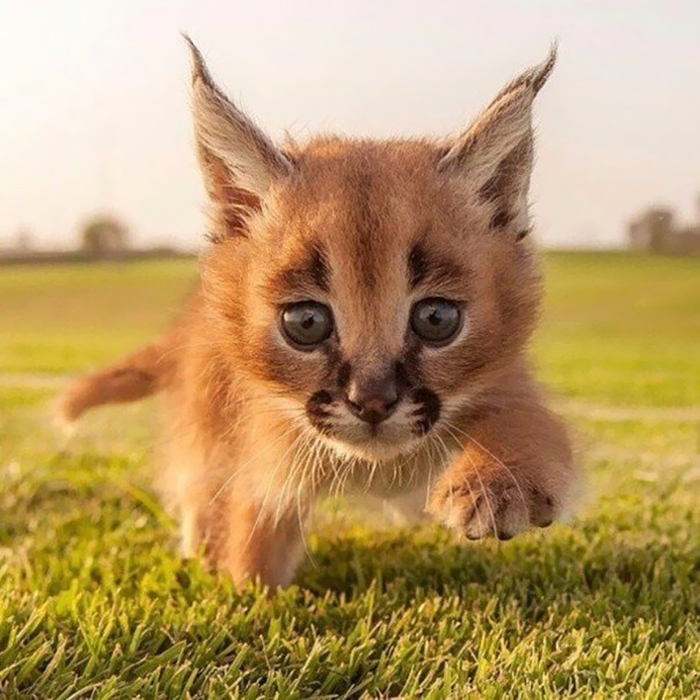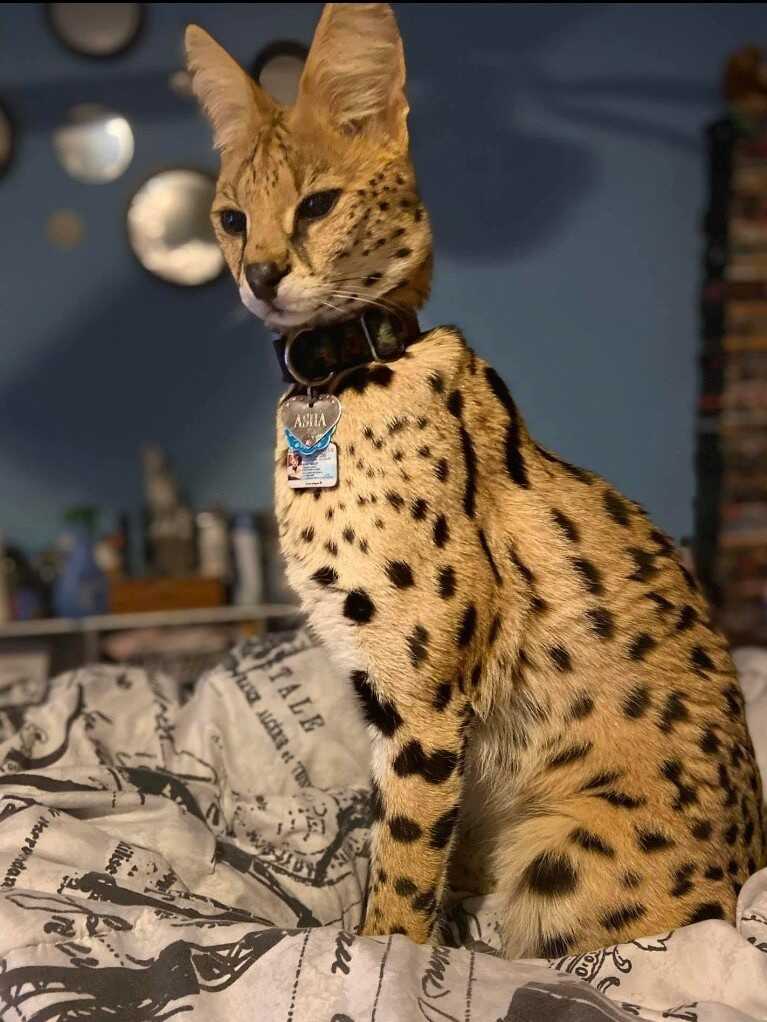
caracal cat
Table of Contents
- What Is a Caracal?
Discover the unique characteristics and fascinating facts about caracals, the striking wild cats known for their tufted ears and agile nature - Keeping Caracals as Pets
Explore the considerations and responsibilities involved in keeping a caracal as a pet, including their care requirements and legal aspects. - Understanding Exotic Cat Ownership
Gain insights into what it means to own an exotic cat, including the challenges and rewards that come with caring for these remarkable animals.
When it comes to choosing a cat breed, many people are familiar with popular types like the Persian and Maine Coon. But what about more exotic options? While big cats such as lions, tigers, and leopards are typically reserved for zoos and wildlife reserves, smaller wildcats can be kept as pets in certain states. For example, in Arizona, Arkansas, Delaware, Florida, Indiana, Maine, Mississippi, Missouri, Montana, North Dakota, Oklahoma, Pennsylvania, Texas, and South Dakota, licensed individuals are permitted to own caracals, a unique and striking wildcat species.

What Is a Caracal?
The caracal is a tawny-colored, mid-sized wildcat native to the arid regions of the Middle East, Africa, and India. Sometimes called the Persian lynx, it’s most recognizable for its distinctive tufted black ears, which can swivel independently to detect even the faintest sounds of prey. Equipped with fur-cushioned paws for silent movement and powerful legs capable of leaping up to ten feet high, the caracal is a formidable hunter. Typically, caracals grow to about 3.5 feet in length and weigh between 25 and 40 pounds. These solitary cats usually leave their mothers after around ten months and have a lifespan of about 12 years in the wild.

Keeping Caracals as Pets
Keeping a caracal as a pet is far from ordinary. Exotic pets, including caracals, often come with a hefty price tag. For instance, when Justin Bieber bought two Savannah cats (a hybrid of domestic cats and servals) in 2019, the cost was a staggering $35,000. Potential buyers of exotic cats can expect to spend anywhere from $1,500 to $20,000.
Owning a caracal involves significant expenses beyond the initial purchase. Routine costs, veterinary care, and unexpected issues can add up quickly. Caracals require up to three pounds of meat daily and need more protein than many commercial cat foods offer. This necessitates working with a veterinarian to create a tailored nutrition plan.
Moreover, caracals retain their wild instincts even in a domestic setting. Their independent and energetic nature means they socialize on their own terms and their play can be quite rough. This can lead to damaged furniture and clothing, further increasing the cost of ownership for these exotic cats.

Understanding Exotic Cat Ownership
**Caracal as Pets**
*By Bennett Glace – August 31, 2023*
A wild caracal cat, known for its distinctive tufted ears, gazes intensely.
**Table of Contents**
1. **What Is a Caracal?**
2. **Keeping Caracals as Pets**
3. **Understanding Exotic Cat Ownership**
When it comes to choosing a cat, many people are familiar with breeds like the Persian and Maine Coon. But what about more exotic options? While lions, tigers, and leopards are generally reserved for zoos and wildlife reserves, some states allow residents to keep smaller wildcats, such as caracals, as pets.
In states like Arizona, Arkansas, Delaware, Florida, Indiana, Maine, Mississippi, Missouri, Montana, North Dakota, Oklahoma, Pennsylvania, Texas, and South Dakota, licensed individuals can legally own caracals, a strikingly unique wildcat.What Is a Caracal?**
The caracal is a mid-sized wildcat with a tawny coat, native to the arid regions of the Middle East, Africa, and India. Often called the Persian lynx, it is most notable for its tufted black ears, which can swivel to detect subtle sounds. Caracals also have fur-cushioned paws for silent movement and powerful legs capable of leaping up to ten feet high. These traits make the caracal a skilled hunter.
Typically, caracals grow to about 3.5 feet in length and weigh between 25 and 40 pounds. They are solitary animals, living and hunting alone. They leave their mothers around ten months old and have a lifespan of about 12 years in the wild.
Keeping Caracals as Pets
Owning a caracal is not like caring for an ordinary kitten. Exotic pets are generally much more expensive than typical cats. For example, when Justin Bieber bought two Savannah cats (a hybrid of domestic cats and servals) in 2019, the cost was around $35,000. Prospective owners can expect to pay between $1,500 and $20,000 for their own exotic cat.
In addition to the initial cost, the ongoing expenses can be significant. Caracals consume up to three pounds of meat daily and need more protein than many commercial cat foods provide, often requiring a custom nutrition plan developed with a veterinarian.
Caracals also retain their wild instincts, which means they may be less predictable and more challenging to manage. Their independent and energetic nature can lead to rough play, damaged furniture, and destroyed clothing, adding to the overall cost of ownership.
Understanding Exotic Cat Ownership
The laws surrounding exotic cat ownership reflect the debate about whether it is ethical or practical to keep such animals in domestic settings. Wildcats are often considered unsuitable for households with children or other pets.
If you’re considering owning a caracal or another exotic cat, it’s crucial to first review local animal ownership laws and assess whether such a demanding pet fits your lifestyle. Responsible pet ownership practices are even more vital with exotic animals, and close collaboration with a veterinarian is essential.

